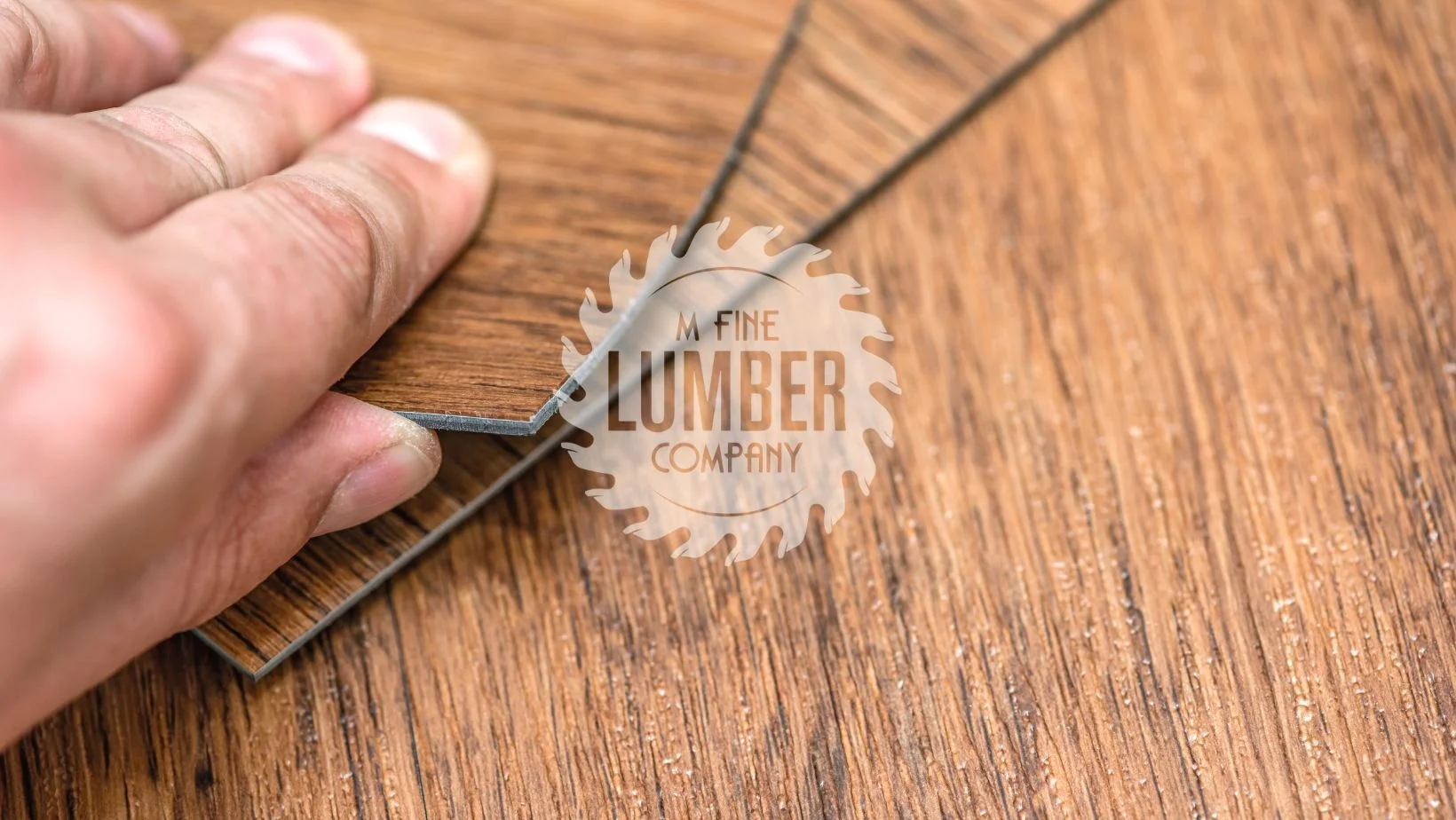
What are the different types of wood nails commonly used in woodworking? You may be surprised to know that there are many different types of nails available for woodworking projects. Some nails are better for certain applications than others. In this blog post, we will explore the different types of wood nails and their uses. Stay tuned!
For anyone who loves DIY projects, brad nails are an essential tool. These small, thin nails are perfect for attaching trim and molding, as well as light-duty upholstery projects. We recommend using Brad nails when installing our reclaimed wallboard and reclaimed flooring. Because they’re so small, they’re much less likely to split wood than a larger nail. Plus, they’re very affordable, so you can stock up without breaking the bank.
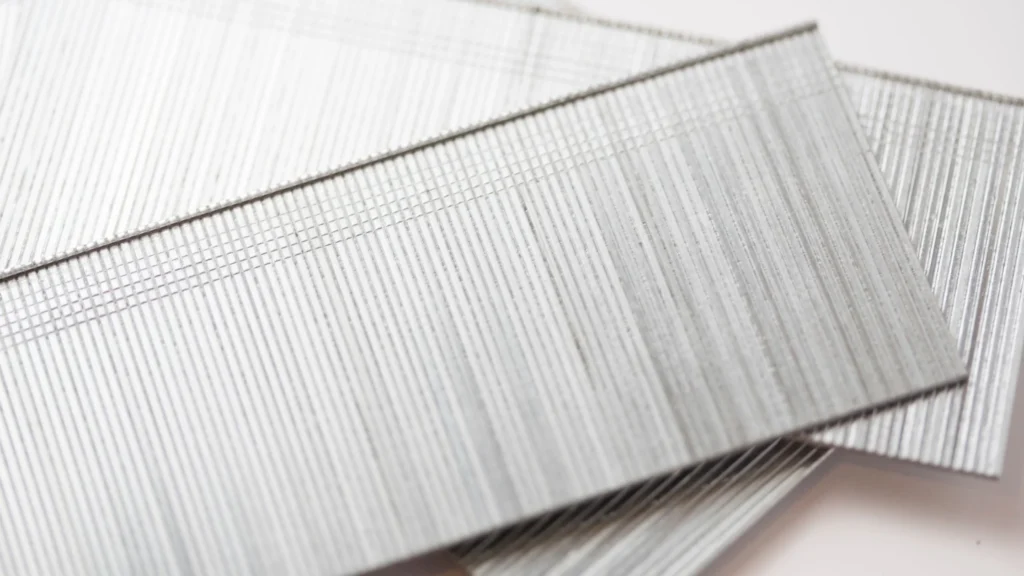
Unlike standard nails, which are meant for permanent installation, duplex nails are designed for temporary use. This makes them perfect for holding together lumber and other materials during the construction process. These nails have two heads, which help to distribute the load evenly and prevent the nail from pulling through the material. Additionally, duplex nails are less likely to cause damage to the materials being fastened together.
Known also as round head nails, they are one of the most versatile and widely used types of nails. As the name suggests, they are designed for general purpose use and can be driven into a variety of materials. Common nails have a tapered body with a sharp point. And this allows them to be easily driven into wood.
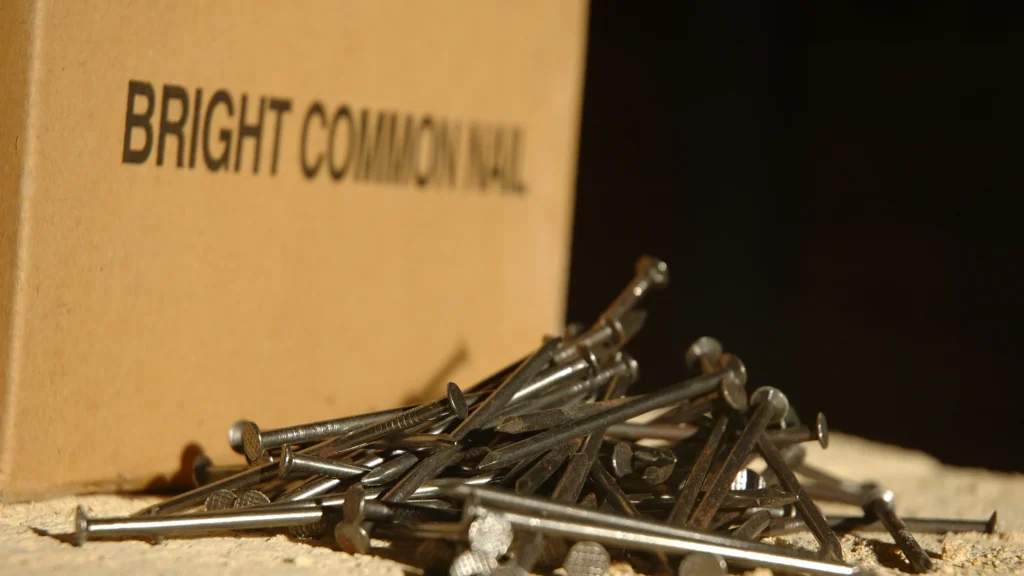
Just like common nails, box nails have a sharp point. However, they have a smaller head that is flush with the surface of the wood. This gives them a much cleaner look and makes them ideal for use in applications where aesthetics are important. However, the small size of the head also gives them less holding power than other types of nails. As a result, they are not well suited for use in applications where a lot of force will be applied to the nail.
Related: 4 Nailing Techniques for a Flawless Home Renovation Project
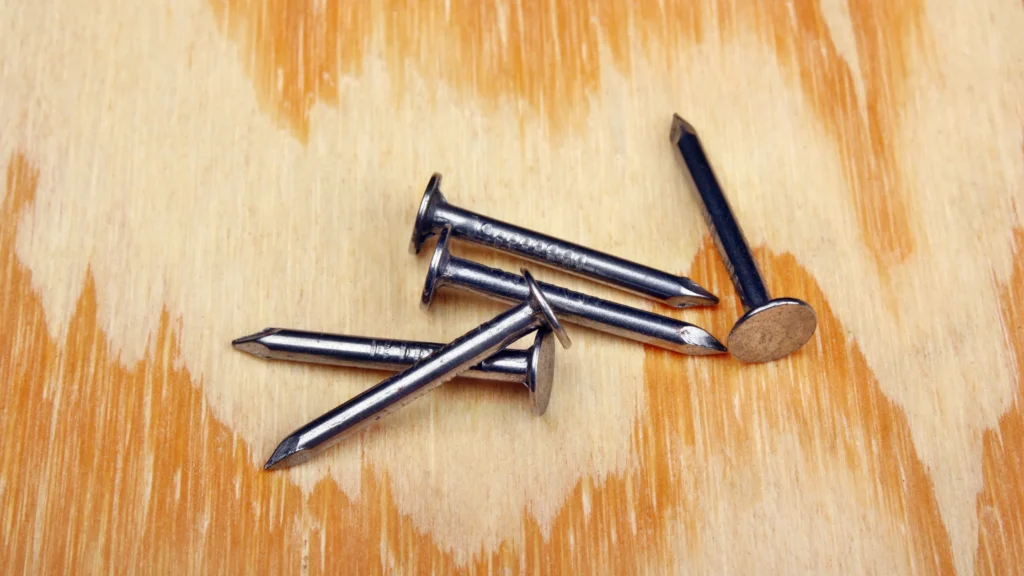
If you’re working on a project that requires a little bit of finesse, then finishing nails is the way to go. These barrel-shaped fasteners are designed to be barely visible once they’re driven in, making them ideal for installing trim, crafting furniture, and any other situation where you need to hide the head of the nail. Plus, the smaller size makes them less likely to split delicate wood.

Annular ring nails are a great way to add holding power to clapboards and shingles on your home’s exterior. These thin nails are lined with rings that create a stronger hold, making them perfect for high-wind areas or any other area where you need extra holding power. Plus, the galvanized steel is resistant to rust, so you can rest assured that your nails will last for years to come.
Whether you’re working on attaching moldings or casings, these nails are up for the task. They’re close cousins to finishing nails, but they’re just slightly larger. In addition, casing nails have flat heads, which help to prevent the wood from splitting when the nail is driven in.
No more messy adhesive or painstaking hammering; with casing nails, all you need is a quick nail gun and you’re good to go.
These nails are made to hold wood to brickwork. Since zinc is used extensively in their production, they are highly resistant to rust. The zinc also makes the nail more durable by giving it a certain amount of toughness, so it won’t bend or break as easily. The use of masonry nails, which may create a secure bond between wood and concrete, is crucial in any building project.
If you’re looking for a nail that can really get a grip, then you want a spiral shank nail. These nails are commonly used in construction, where they’re perfect for joining wood frames and shelves to masonry. The spiral groove along the length of the nail provides extra grip when you drive it in, so you can be sure it won’t come loose. Plus, the extra length of the spiral shank means that these nails can really sink into the material, providing a nice tight fit.
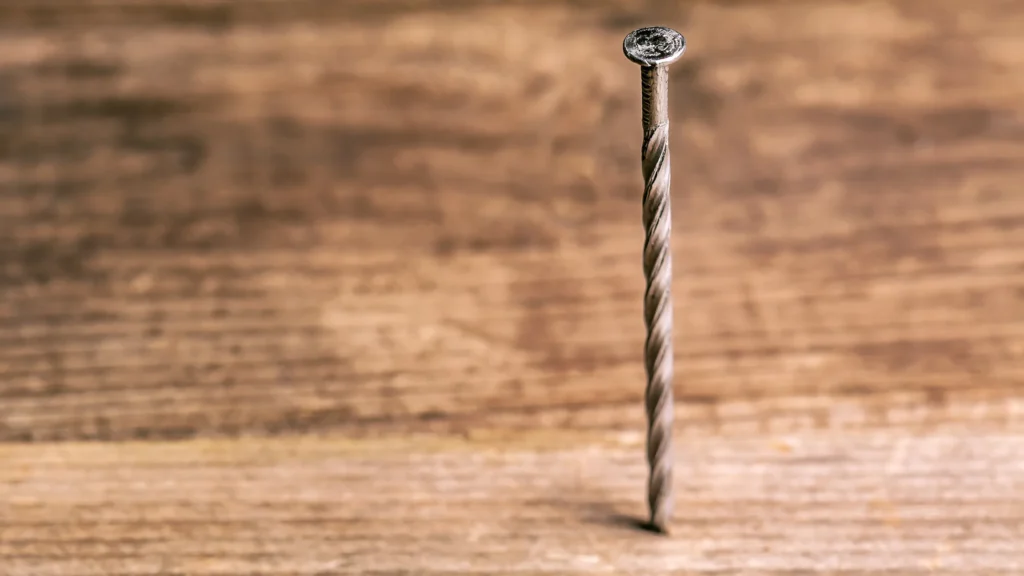
These nails, which have a bevel at one end and are made from flat, corrugated strips of steel, can be used to make all sorts of wood joints, including mitered joints for frames. Corrugated nails are especially useful for assembling plywood frames, where regular nails can’t be used. Hammering these nails into place is quick and easy, and the resulting joint is extremely strong.
As any homeowner knows, wallpaper is a delicate and easily damaged material. That’s why drywall nails were invented: to provide a way to nail into walls without causing damage to the wallpaper. These nails have a round and flat head, which helps to prevent them from tearing through the paper. In addition, the nails are slightly thinner than standard nails, so they create a smaller hole.
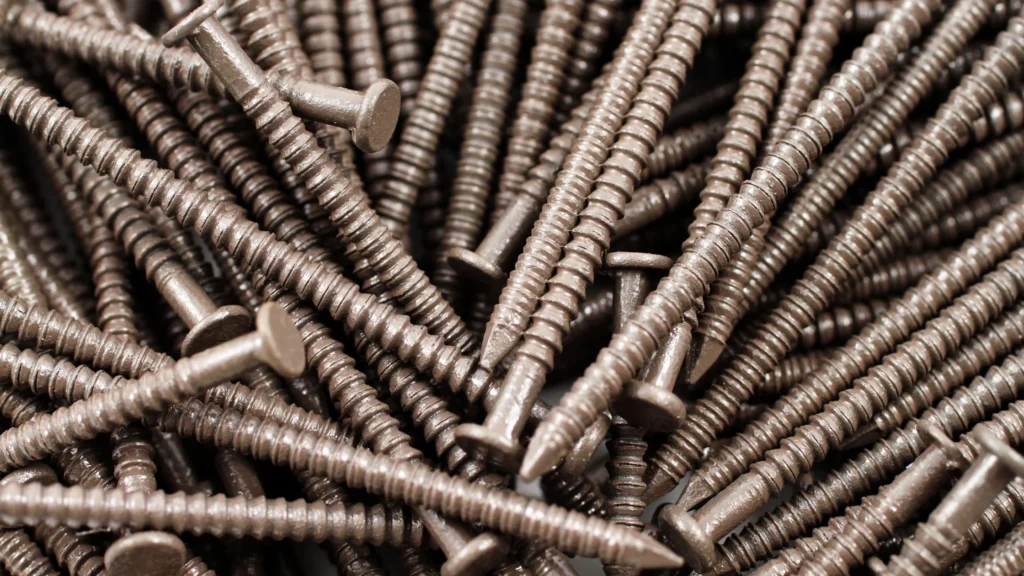
Types of nails can be confusing, but with a little knowledge, you will be able to choose the right one for the job. We have gone over some of the most common types of nails used in woodworking and their uses. Hopefully, this has helped clear up any confusion and you feel more confident in your next woodworking project. Do you have any questions about nails or other tools? Leave us a comment below and we would be happy to help out.
